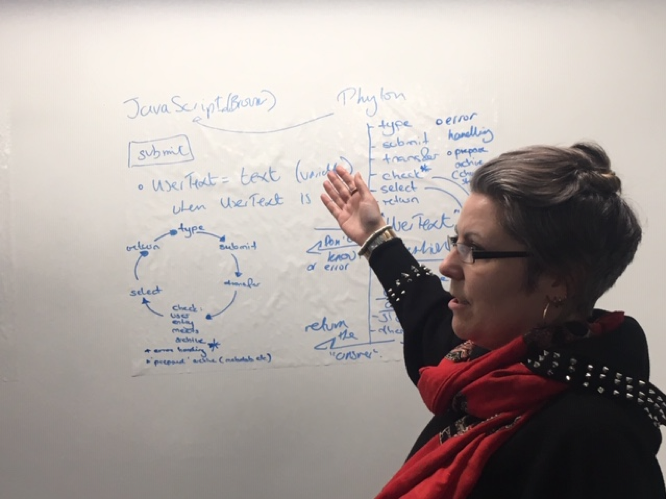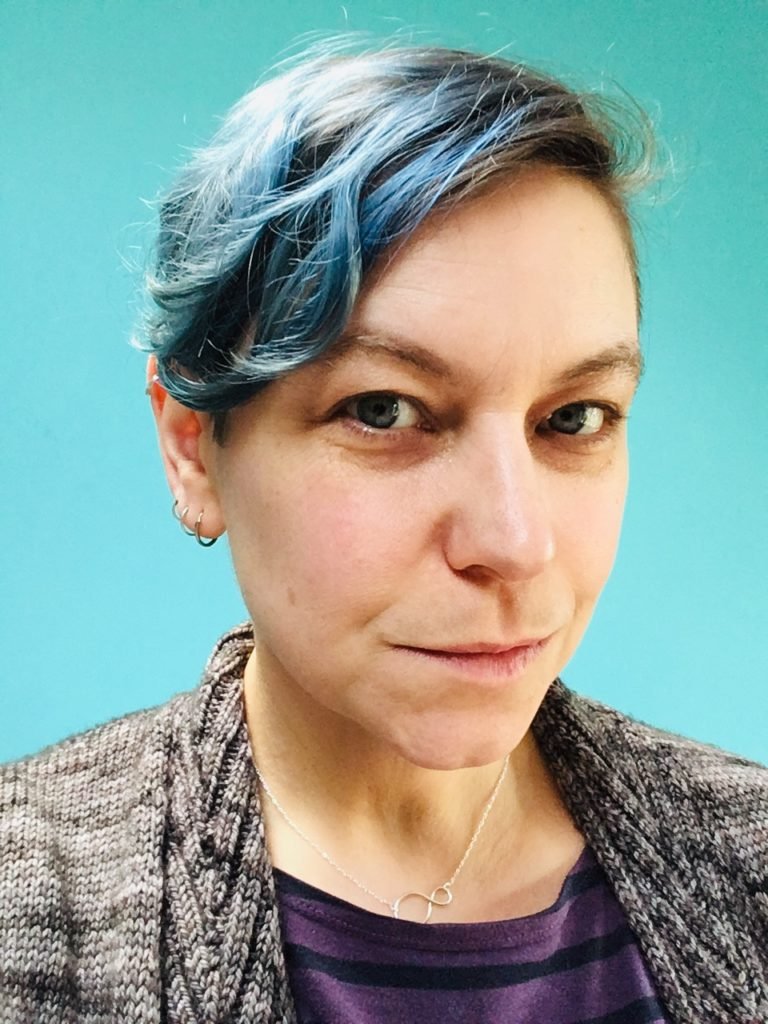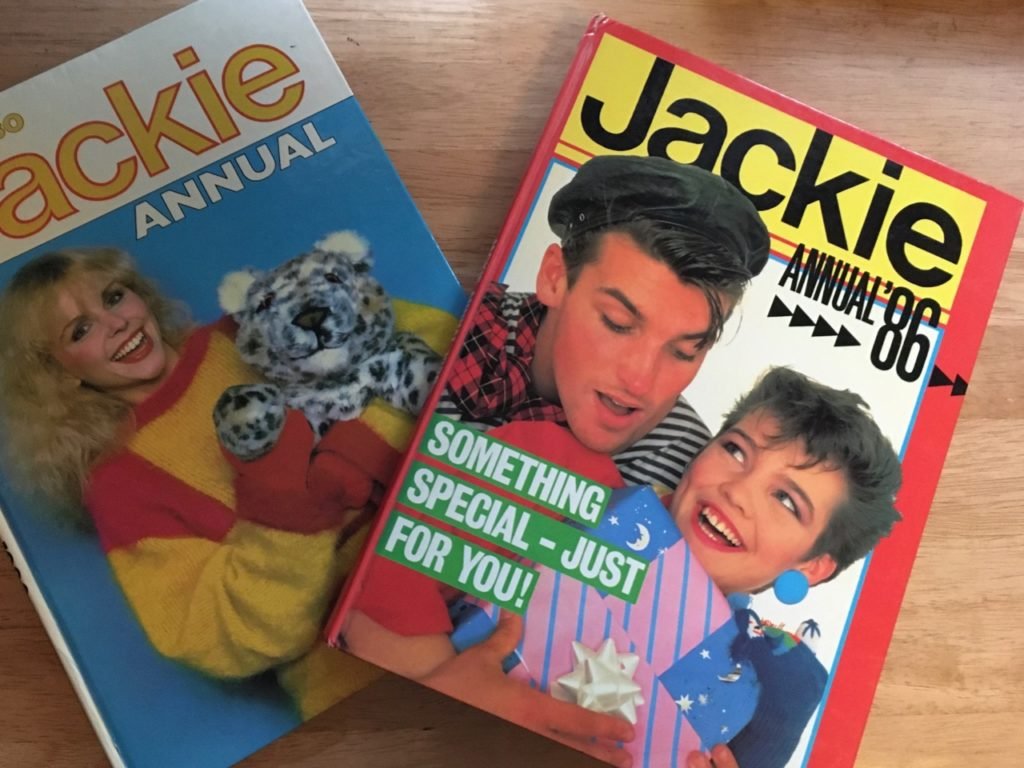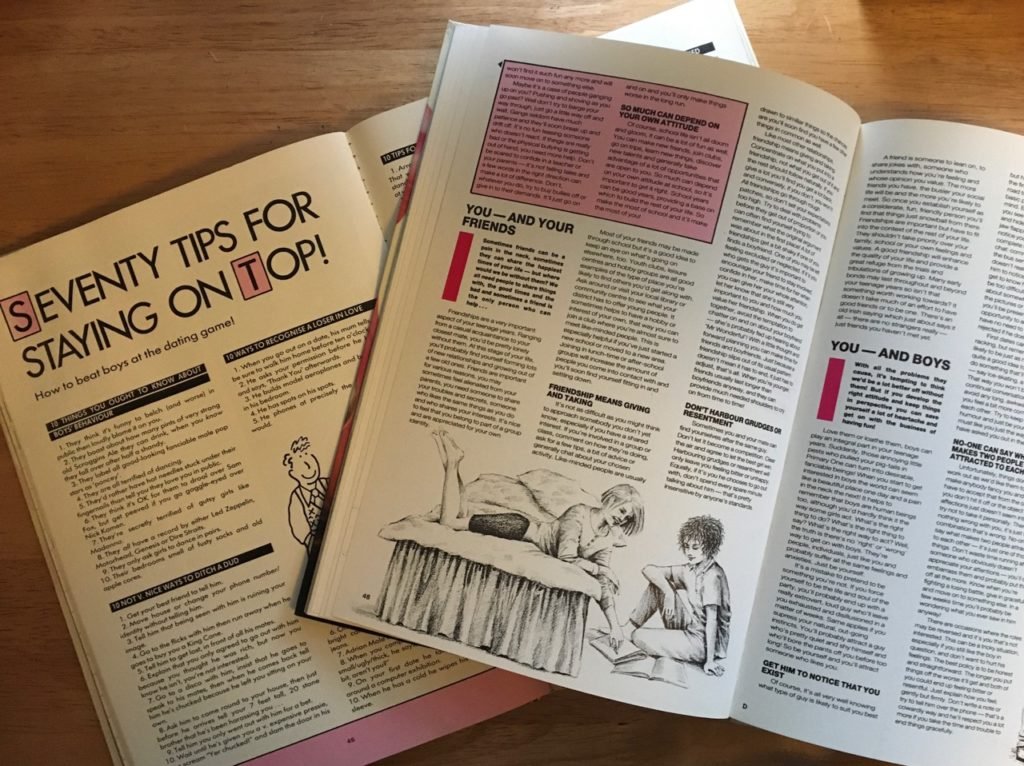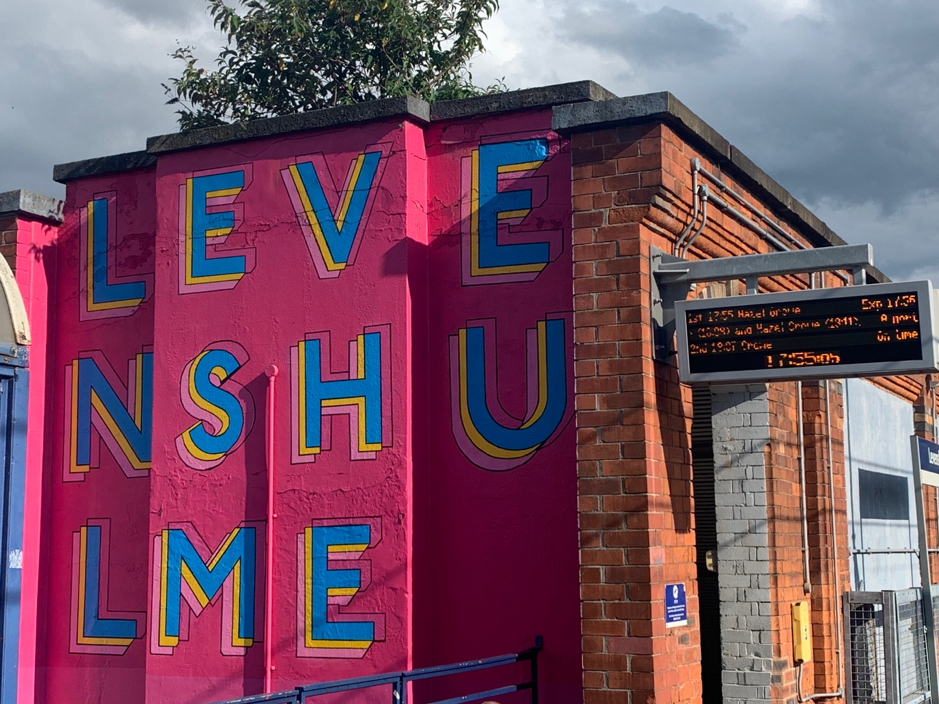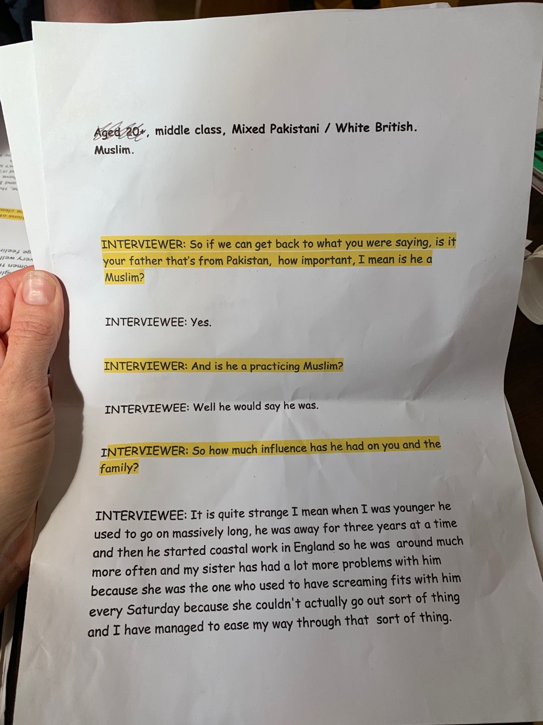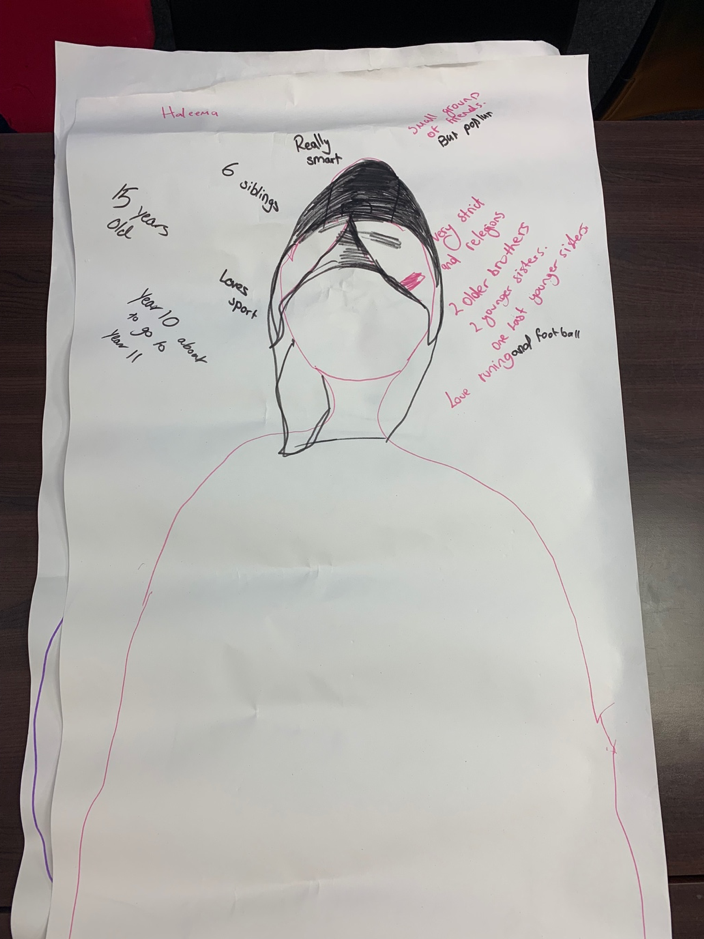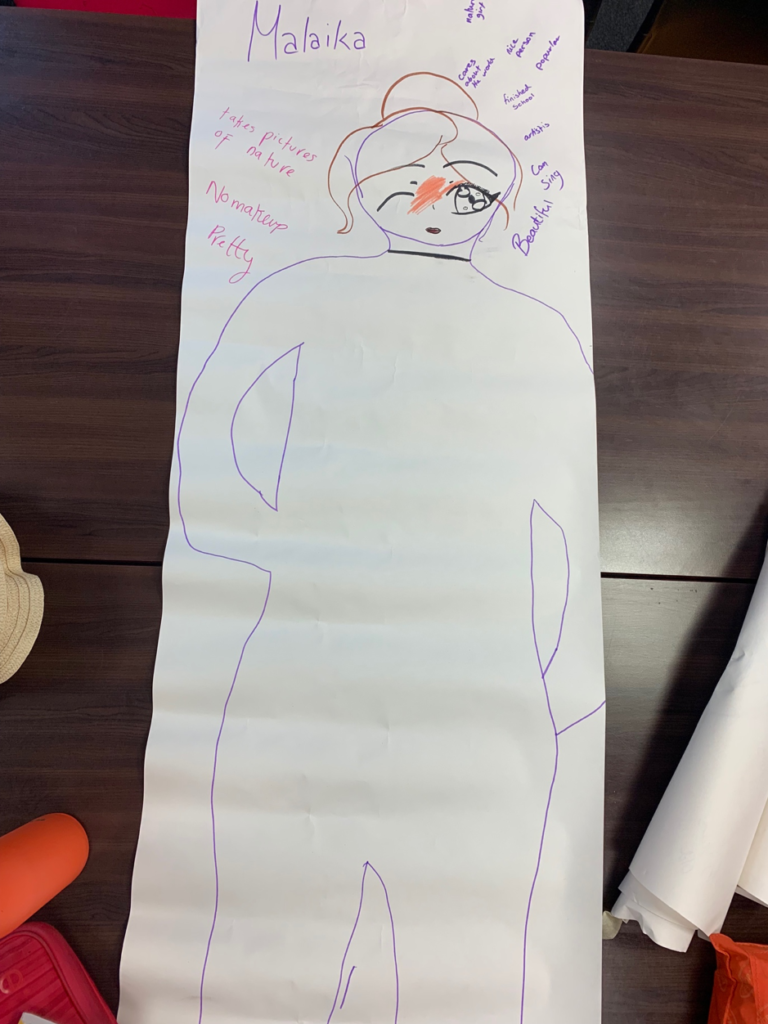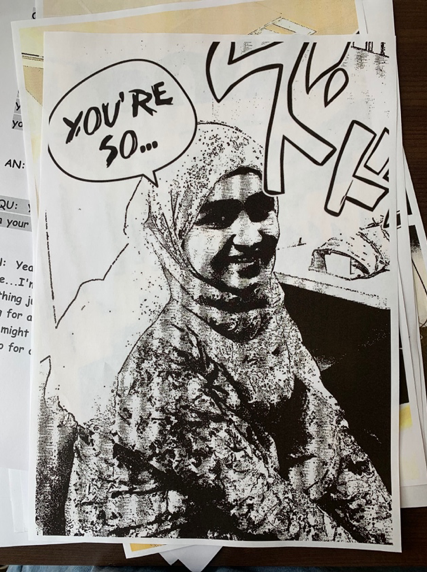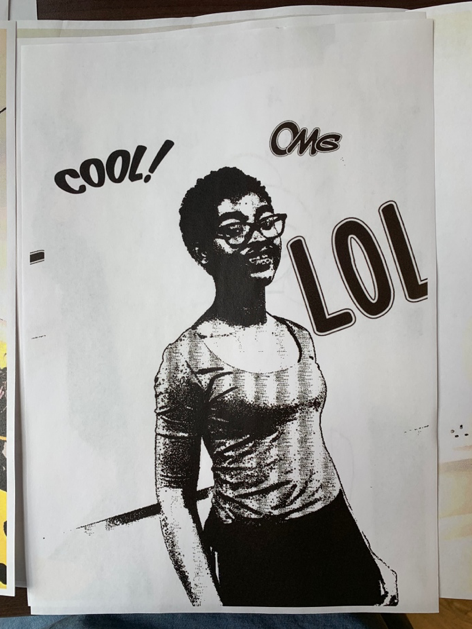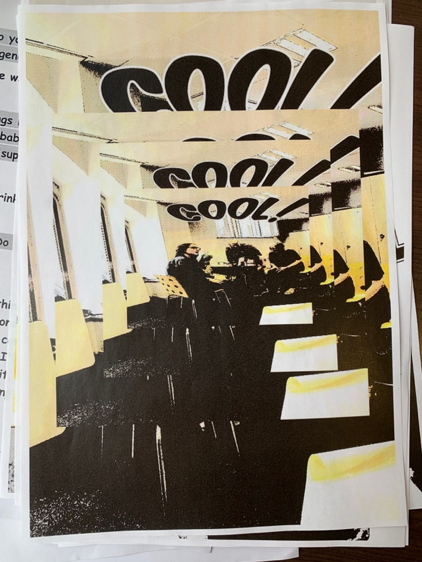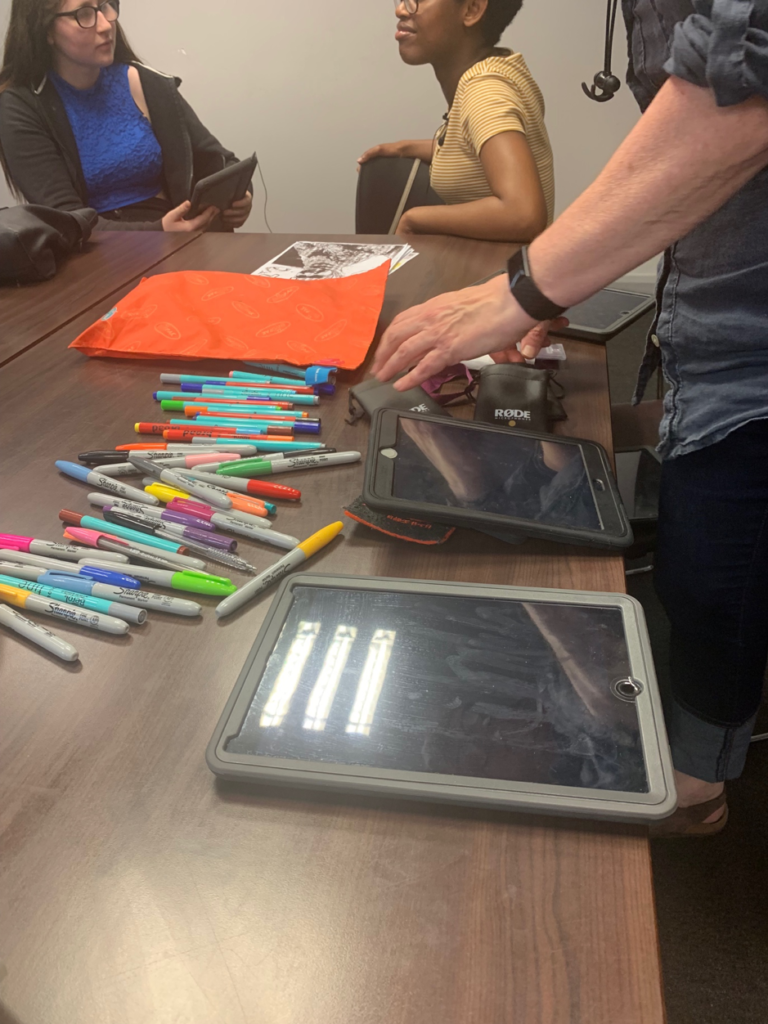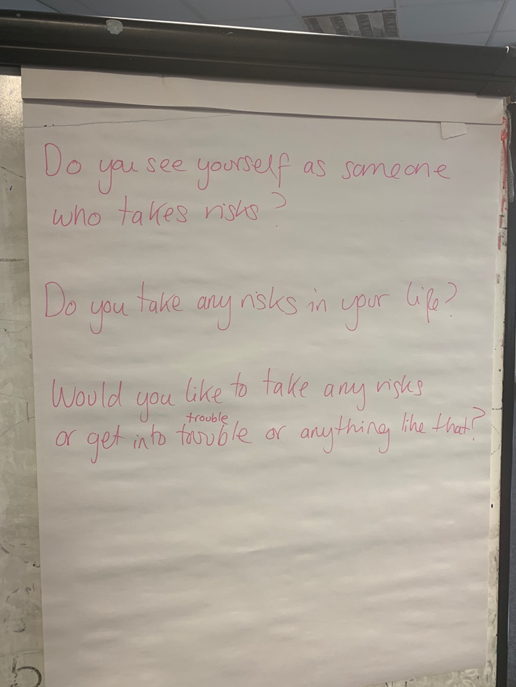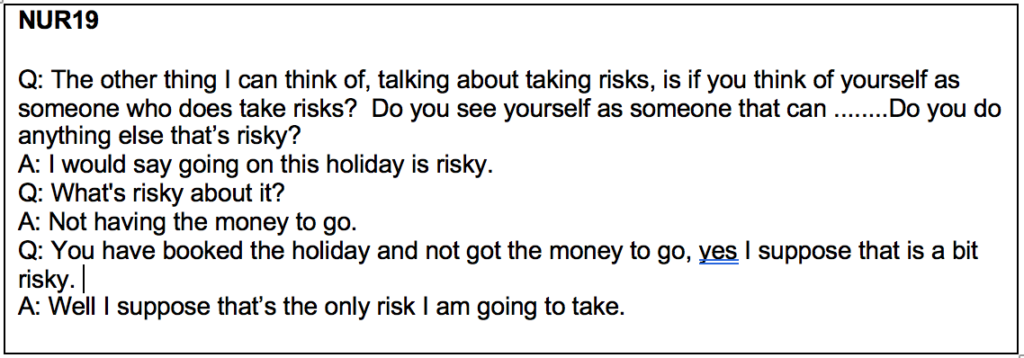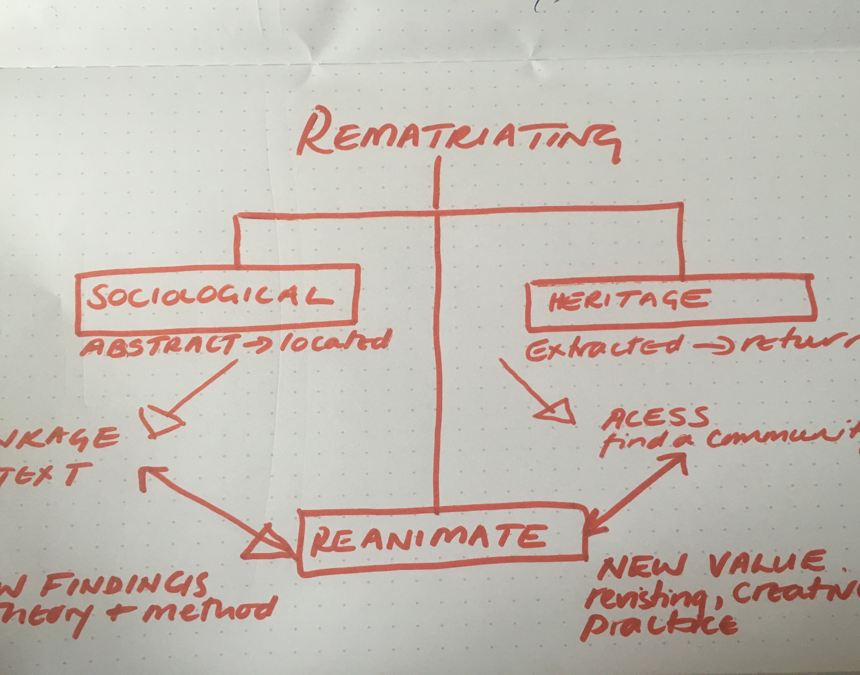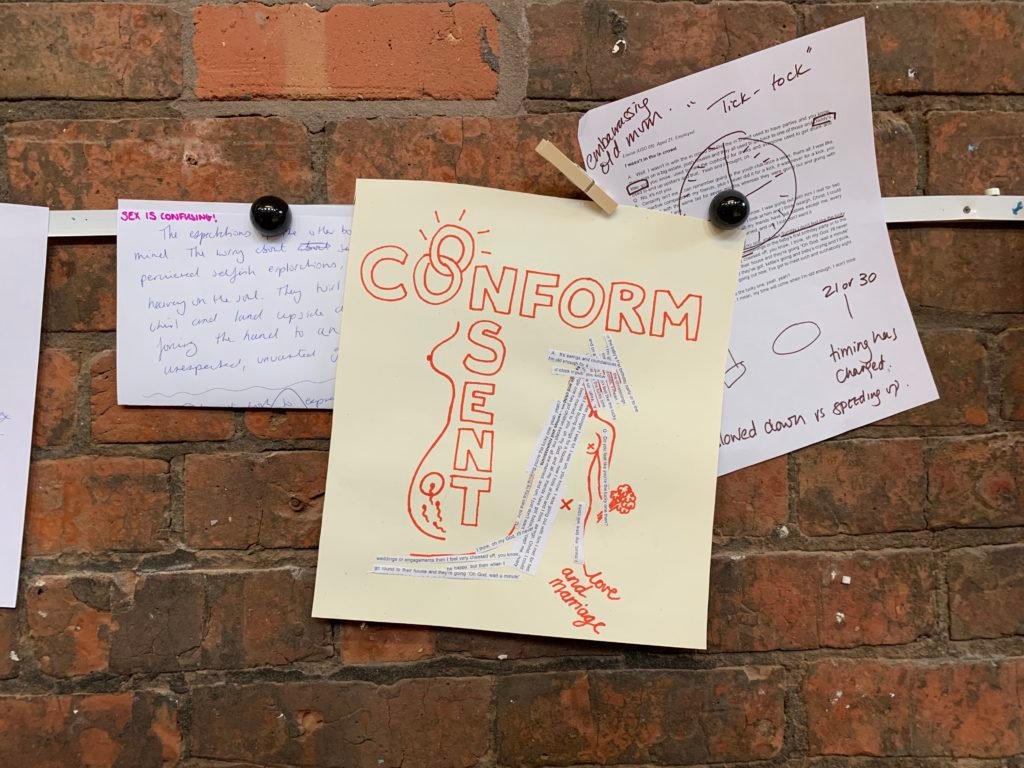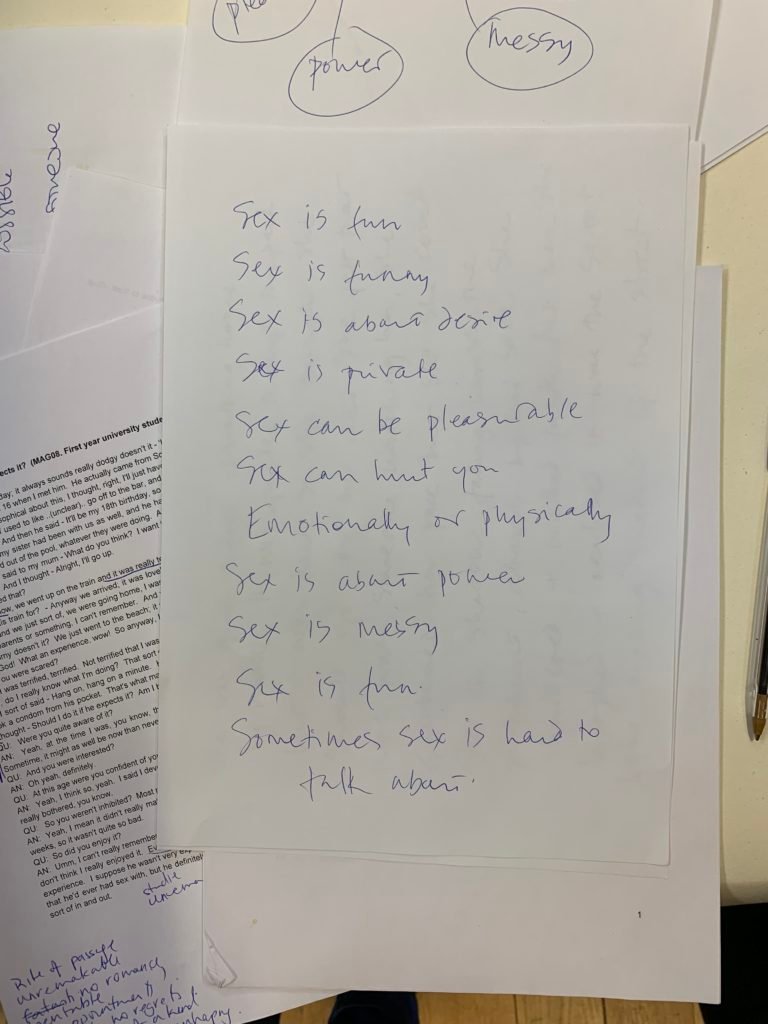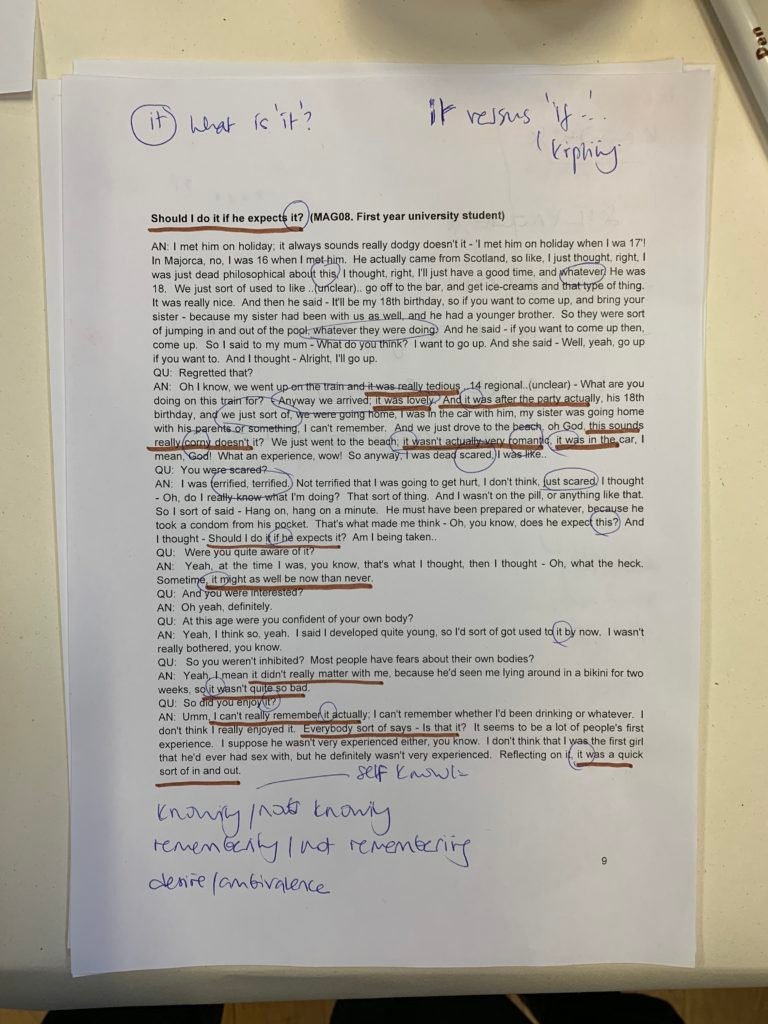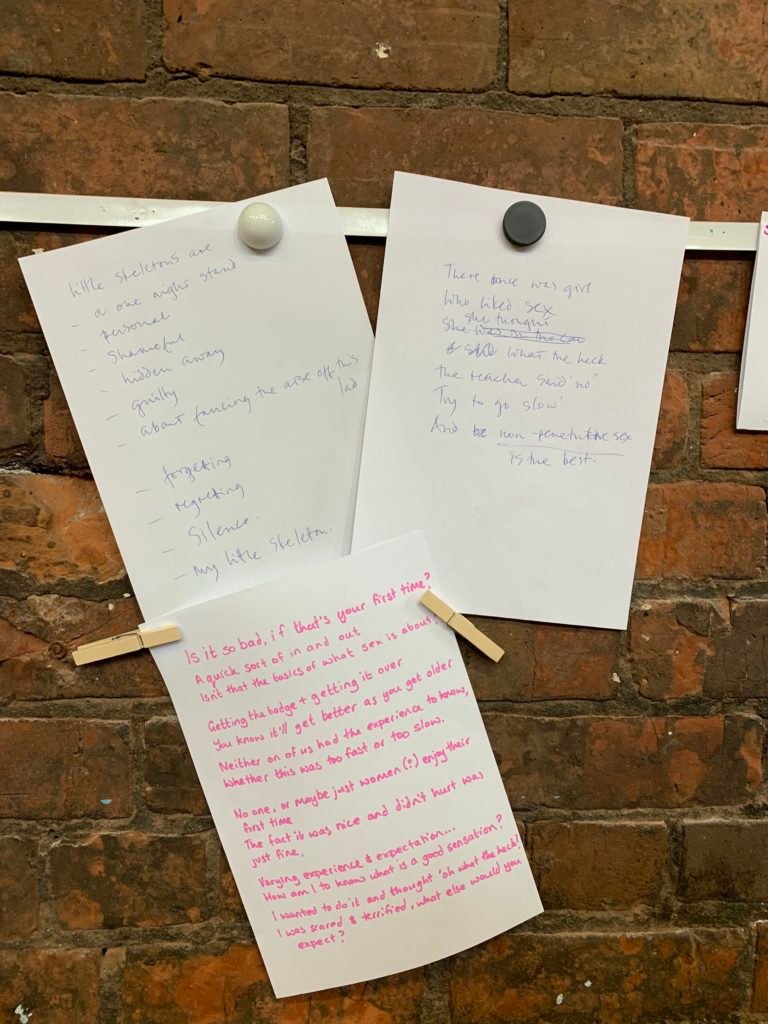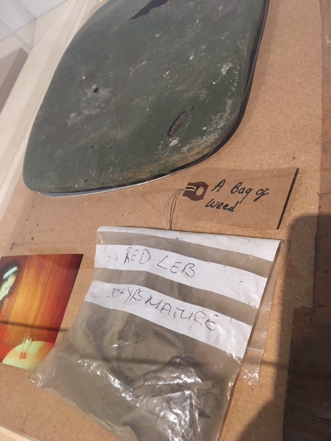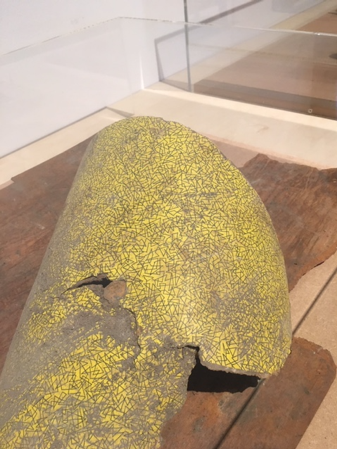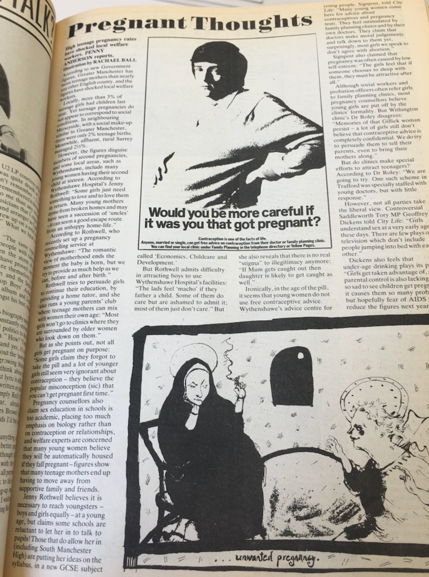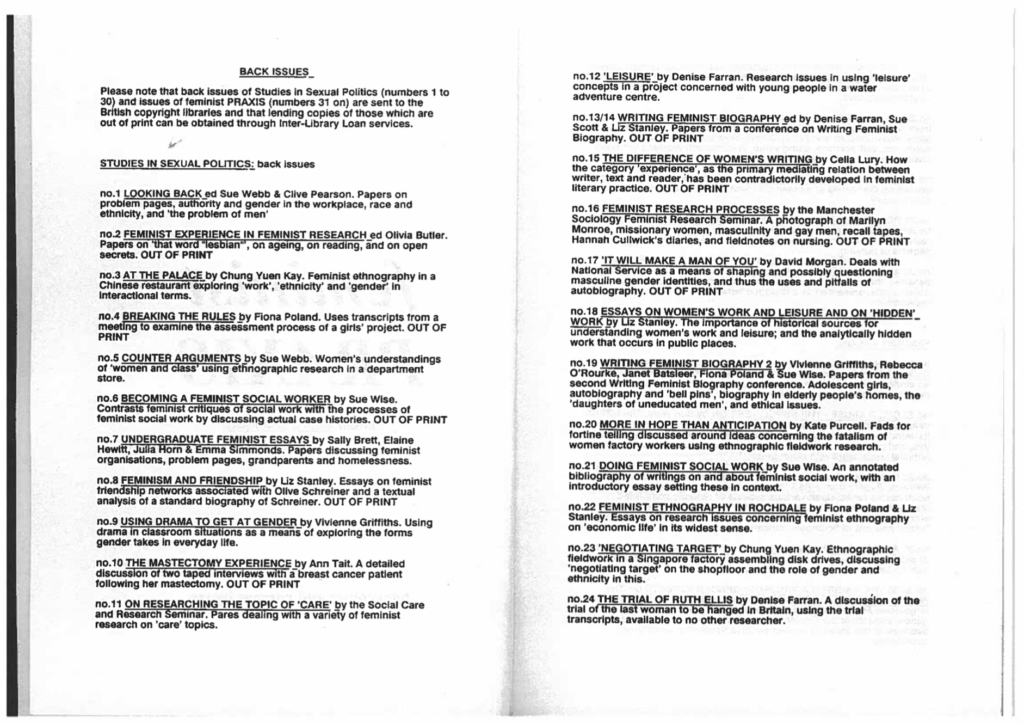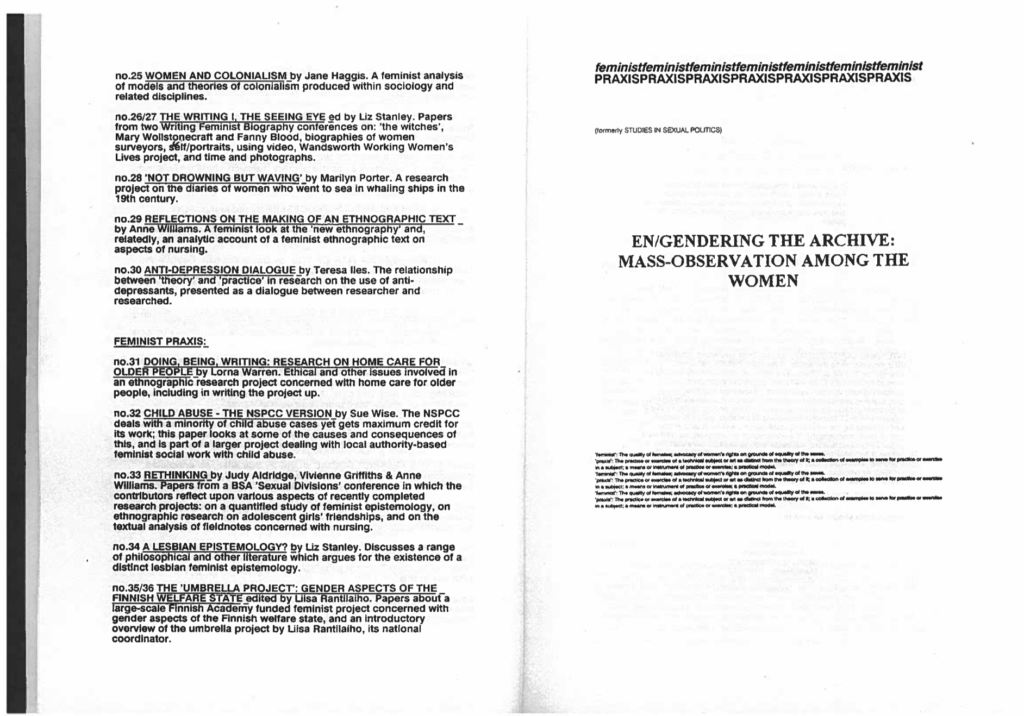Charlotte Bagnall
Research methods are a core component of most degree-level programmes, but nonetheless renowned for being students’ least favourite component of their course. Tasked with the role of developing new content to teach qualitative research methods, within the Faculty of Education at Manchester Metropolitan University, I was keen to demonstrate the usefulness and real-world implications of key qualitative methods and analysis to inspire my students. In doing so, I came across the ‘reanimating data project’ funded by the Economic and Social Research Council (for more information see: http://reanimatingdata.co.uk/about/), which gave my colleague Dr Claire Fox and I what we needed and ‘reanimated’ our students.
We had three weeks to work with the students on this project. Week One, students firstly learnt about the importance of archival data-digitising, sharing and re-using data, in addition to ethical considerations to take into account when conducting such work. This led on to Weeks Two and Three, where, following lectures on qualitative data analysis and more specifically Thematic Analysis, the students had the opportunity to conduct their own Thematic Analysis on real-world extracts taken from two interviews collected as part of the Women, Risk & AIDS Project (WRAP) social research study conducted in Manchester in 1989-90. Each student worked with three pages of data. Their research question was:
‘What are young women’s perceptions and experiences of sex education in the 1980s?’.
Prior to delivering the sessions, Claire and I had analysed the data ourselves. We were working with two interviews from the WRAP archive: The interview with Simone, 18, White British, working class, Roman Catholic (Ref: NMC12) and the interview with Stacey, 20 – 21, White British, working class (Ref: MAG12). Two main themes emerged from our analysis: Basic or limited sex education and Gendered Double standards.
Basic or limited sex education was a semantic theme, in other words it described explicit, surface-level meaning within the data. This theme included talk about the basic and limited sex education the young women received within the 1980s. For example, sex education lessons were selective, passive and detached, with teachers only focussing on the biological aspects of sex and discussions about emotions and the relational aspects avoided. These gaps were in part shaped by teacher embarrassment and their assumptions of hopelessness, which meant that, as a result, sex education lessons had little impact, students instead having to take their education into their own hands and seek out magazines as a source of better information.
In contrast, Gendered double standards is a latent theme and looks beyond what is said to identify deeper-level implicit meaning within the data. Gendered double standards were evident in that boys and girls faced different pressures in relation to sex in the 1980s, girls particularly fearful about being labelled as ‘loose’, a ‘slag’ and acquiring a negative reputation if they engaged in sexual behaviour or discussed sex. This ultimately underpinned young women’s perceptions, experiences and relationships during this time.
In the session with students we presented our analysis findings by sharing one table for each theme with the codes and supporting quotes. We also shared a short write-up of the theme Gendered double standards as an example (You can read this here). Students were then asked to write up the other theme.
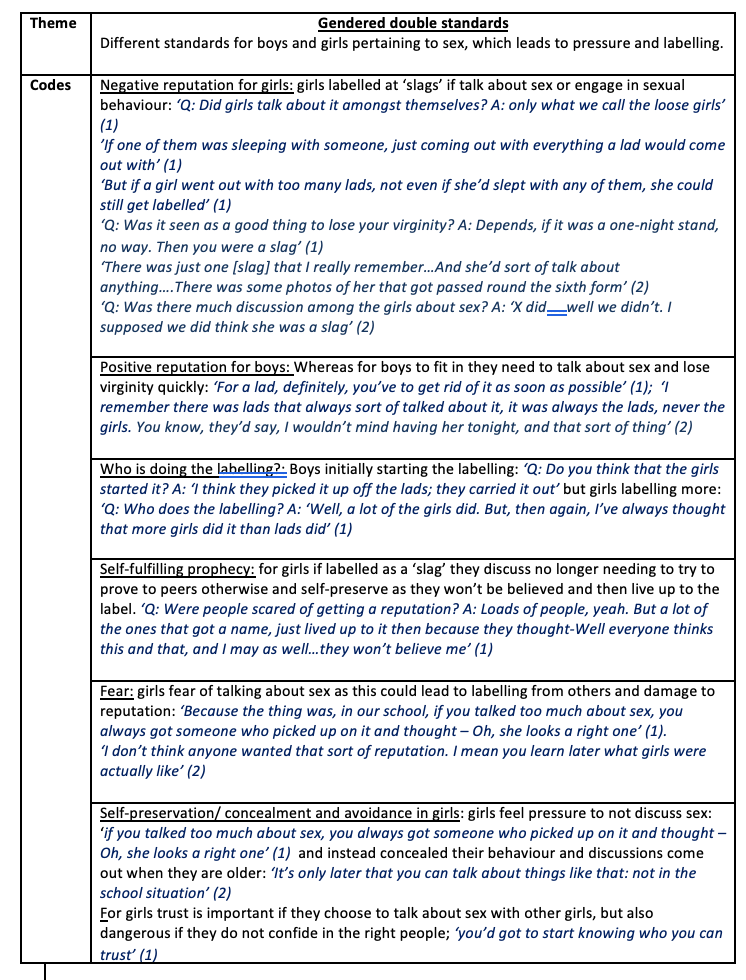
It was clear through the students’ write up of the Basic or limited sex education theme that they had engaged well and become immersed within the data. Here is an example from one of our students.
The young women detailed the amount and depth of the sex education they received within Catholic schools in the 1980s. The idea of basic or limited sex education was shown by mentions of few lessons given, e.g. ‘we got a lesson once’ (Simone) and ‘there was no sex education at all’ (Stacey). Teachers would rush over lessons, or miss out crucial information. ‘She didn’t really go into detail; she just went very fast. So we didn’t have much time to think’ (Simone) and ‘she just said – you can’t get AIDS from this, you can get it from this’ (Simone).
Sex education largely had a biological focus, as opposed to informing students about safe sex. ‘Yeah, just like how babies are made, and that’s it’ (Simone), ‘Q: Did they talk about contraception? A: No’ (Simone). Students were not informed about the ways to prevent pregnancy or transfer of STIs: ‘Q: So did she say that if you use a condom you’ll be protected? A: No way’ (Simone) and ‘Q: Did they talk to you about contraception and STDs at school? A: No, nothing like that’ (Stacey). Furthermore, teachers did not explain relationship dynamics, or what emotions may arise when a student became sexually active, e.g. ‘nobody ever talked to you about the problems and the entanglements, and what it means to be in a relationship when you start having sex’ (Stacey). The girls also noted that any sex education they did receive only involved the teacher giving a short session of ‘just the basics’ (Simone), with no time allotted for further discussion or an opportunity to ask questions. ‘All we did was read from a book. We didn’t really discuss it or anything’ (Simone).
Sex education for the general student population was described to be a bare minimum. Some further education would be given if students opted to study biology; ‘only if you took biology in the fourth or fifth year, we did quite a bit’ (Simone). The feelings towards sex education within biology in later school years seemed to be more positive, with more extensive education on how the body works: ‘I learnt a lot from biology, you know, about sort of …and the insides and things’ (Stacey). However, this more detailed teaching was reserved only for those who chose to study biology, and was not offered to other students.Angel Mellor-Davis, Year 1 Educational Psychology, MMU
The basic or limited sex education led to students having to take their education into their own hands. Girls would seek out magazines as a source for better information, namely ‘man and woman’. Stacey explained that ‘we read them all! I think I learned a lot off that’. School sex education sessions left large gaps that the girls filled independently outside of school.
Overall, the girls explained that they received quite poor sex education. Between teachers rushing lessons, and only providing factual information, to more information being kept back from the wider student body, and only being taught to fulfil the exam curriculum, students’ sex education was basic and limited.
There was such a depth to the data, that we were able to give students just three pages of data and a simple but constructive task to get them enthused and engaged in qualitative data analysis. They can take this learning with them and apply it to a different dataset for their assignment. Students discussed similarities and differences between the sex education they received and that of the young girls within the transcripts. However, with hindsight we could have done more of this and perhaps used it to teach students about ‘reflexivity’.
It has been great to be part of this project and use the WRAP data to the benefit of our students, and I am looking forward to involvement in further projects stemming from the reanimating data project archive.

